Tan Dinh Ward, District 1, Ho Chi Minh City has arranged 9 neighborhoods and 152 residential groups into 14 new neighborhoods (no more residential groups), with neighborhood names numbered from 1 to 14.
On the morning of April 10, the Party Committee - People's Committee - Fatherland Front Committee of Tan Dinh Ward, District 1, Ho Chi Minh City held a ceremony to announce Resolution 11/2024 of the Ho Chi Minh City People's Council on the establishment, separation, merger, and renaming of neighborhoods and hamlets in Ho Chi Minh City.
Attending the ceremony were Vice Chairman of Ho Chi Minh City People's Committee Duong Anh Duc and leaders of District 1.
At the ceremony, Ms. Pham Thi Thu Ha, Deputy Secretary of the Party Committee, Chairman of the People's Committee of Tan Dinh Ward, announced Resolution No. 11 of the City People's Council on the establishment, separation, merger, and renaming of neighborhoods and hamlets in Ho Chi Minh City.
Afterwards, Mr. Tran Van Thach, Vice Chairman of Tan Dinh Ward People's Committee, announced the decision to dismiss the positions of non-professional activists in 9 neighborhoods and 152 residential groups.
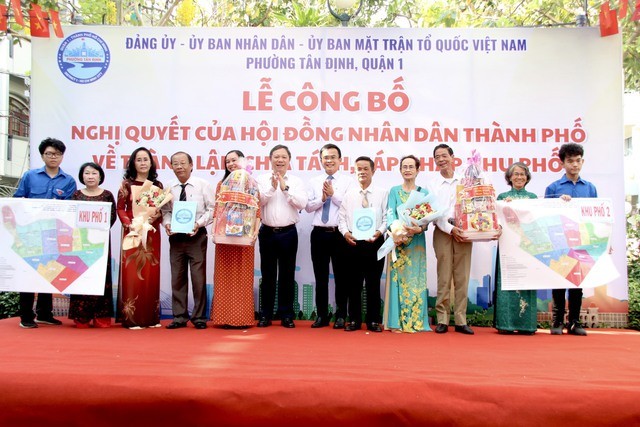 |
Vice Chairman of Ho Chi Minh City People's Committee Duong Anh Duc congratulates the newly established neighborhoods |
Next, Vice Chairman of Tan Dinh Ward People's Committee Nguyen Phuong Phi announced the Decision to appoint the position of Head of the residential area, the list of organizational and personnel positions of the Party cell, the Front work committee, the Women's Union, and the Youth Union in the new residential areas.
After the arrangement, Tan Dinh ward from 9 neighborhoods, 152 residential groups became 14 new neighborhoods (no more residential groups), with neighborhood names in order from 1 to 14.
Close to the people
Representing those who were assigned to non-professional positions in 14 neighborhoods, Mr. Nguyen Quoc Viet, Head of Neighborhood 6, shared that in the coming time, the initial operations of the new neighborhoods will certainly face difficulties. However, the neighborhood staff and people of Tan Dinh Ward will always uphold their sense of responsibility and fulfill their assigned targets and tasks.
Mr. Viet affirmed that with the trust and responsibility assigned to him, he will promote his role and responsibility well, always implement and comply with the Party's guidelines and policies, and the State's laws and policies.
At the same time, continue to unite and unify the implementation of activities in the neighborhood according to the practical requirements and tasks of the locality; effectively implement mass mobilization and grassroots democracy work; well implement the motto "people know", "people discuss", "people do", "people inspect", "people supervise" and "people enjoy", build close and intimate relationships with the people, and bring the Party's resolutions into life.
Enhance the role of self-management among the people
Speaking at the ceremony, Mr. Pham Xuan Khanh, Secretary of the Tan Dinh Ward Party Committee, emphasized that in recent times, the work of neighborhoods and residential groups in the ward has had many practical, diverse and exemplary activities.
In particular, during the outbreak of the COVID-19 pandemic, the role of Party cells, neighborhoods, residential groups, front work committees, youth unions, and associations in neighborhoods has been demonstrated even more clearly. From there, the role of "soldiers" of each citizen has been promoted well, creating a great victory in the fight against the COVID-19 pandemic, bringing a new normal life to the people.
According to Mr. Khanh, currently, according to practical requirements for population management in Ho Chi Minh City, rearranging neighborhoods and hamlets is necessary to further enhance the role of self-management among the people.
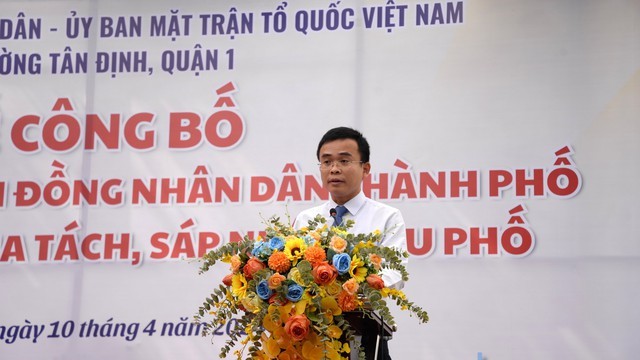 |
Mr. Pham Xuan Khanh, Secretary of Tan Dinh Ward Party Committee, expressed his gratitude to individuals who have been attached and dedicated for many years to old neighborhoods and residential groups. |
The Secretary of the Tan Dinh Ward Party Committee sincerely thanked the sense of responsibility of the forces, neighborhoods, and residential groups in coordinating and promptly implementing tasks; the consensus and active response of the people so that the work of arranging neighborhoods in the ward ensures progress and requirements.
Regarding the 14 newly established neighborhoods, Mr. Khanh said that this model is not a new model according to general regulations, but the way it is organized and operated in the current urban area has changed somewhat compared to before. This will certainly cause many difficulties and confusion in the process of operating the 14 new neighborhoods.
However, with the experience and high sense of responsibility of this staff, Mr. Khanh believes that the new neighborhoods will keep up with the work requirements and excellently complete all assigned tasks.
Mr. Khanh also, on behalf of the Party Committee, People's Committee, Fatherland Front Committee and mass organizations of the ward, respectfully thanked and expressed gratitude to individuals who have been attached and dedicated for many years to the old neighborhoods and residential groups.
On March 14, at the 14th session (special session), the 10th Ho Chi Minh City People's Council, term 2021-2026, passed a Resolution on the establishment, separation, merger, and renaming of neighborhoods and hamlets in Ho Chi Minh City.
Accordingly, the People's Council of Ho Chi Minh City decided to establish, separate, merge, and rename neighborhoods and hamlets in the area as follows:
Thu Duc City arranges 199 neighborhoods into 644 new neighborhoods.
District 1 arranges 66 neighborhoods into 98 new neighborhoods.
District 3 arranges 63 neighborhoods into 112 new neighborhoods.
District 4 arranges 51 neighborhoods into 78 new neighborhoods.
District 5 arranges 99 neighborhoods into 85 new neighborhoods.
District 6 arranges 74 neighborhoods into 106 new neighborhoods.
District 7 arranges 53 neighborhoods into 212 new neighborhoods.
District 8 arranges 97 neighborhoods into 202 new neighborhoods.
District 10 arranges 79 neighborhoods into 116 new neighborhoods.
District 11 arranges 63 neighborhoods into 115 new neighborhoods.
District 12 arranges 80 neighborhoods into 339 new neighborhoods.
Binh Tan District arranges 130 neighborhoods to establish 366 new neighborhoods.
Binh Thanh District arranges 89 neighborhoods into 271 new neighborhoods.
Go Vap District arranges 186 neighborhoods into 306 new neighborhoods.
Phu Nhuan District arranges 60 neighborhoods into 93 new neighborhoods.
Tan Binh District arranges 117 neighborhoods into 212 new neighborhoods.
Tan Phu District arranges 68 neighborhoods to establish 237 new neighborhoods.
Binh Chanh district arranges 5 wards and 101 hamlets into 13 new wards and 400 hamlets.
Can Gio district arranges 5 residential areas and 28 hamlets into 05 new residential areas and 43 hamlets.
Cu Chi district arranges 8 wards and 178 hamlets into 13 new wards and 292 hamlets.
Hoc Mon district arranges 8 wards and 79 hamlets into 09 new wards and 353 hamlets.
Nha Be district arranges 4 wards and 26 hamlets into 22 new wards and 119 hamlets.
Previously, Ho Chi Minh City applied a model below wards, communes and towns including 2 levels: neighborhoods, hamlets and residential groups, people's groups in the area, which is not in accordance with central regulations.
Therefore, Ho Chi Minh City is reorganizing and eliminating the level of residential groups and people's groups.
After the arrangement, Ho Chi Minh City has 4,861 newly established neighborhoods and hamlets (from 27,377 organizations, a decrease of 20,516 organizations; streamlining personnel from about 64,293 people to about 43,749 people, a decrease of 20,544 people).
Each neighborhood and hamlet has 5 positions receiving monthly allowances, including Party cell secretary; neighborhood chief; head of the front work committee; head of the women's association; and secretary of the youth union.
According to Lao Dong
Source




![[Photo] Nhan Dan Newspaper Youth Union visits Vietnam Military History Museum](https://vstatic.vietnam.vn/vietnam/resource/IMAGE/2025/3/25/374e4f70a35146928ecd4a5293b25af0)
![[Photo] Head of the Central Propaganda and Mass Mobilization Commission Nguyen Trong Nghia received the delegation of Nhan Dan Daily](https://vstatic.vietnam.vn/vietnam/resource/IMAGE/2025/3/25/cdb71275aa7542b082ec36b3819cfb5c)

![[Photo] Prime Minister Pham Minh Chinh meets with the Ministry of Education and Training; Ministry of Health on the draft project to be submitted to the Politburo](https://vstatic.vietnam.vn/vietnam/resource/IMAGE/2025/3/25/c0e5c7348ced423db06166df08ffbe54)


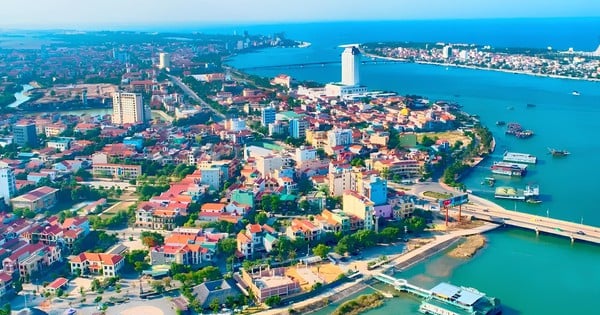
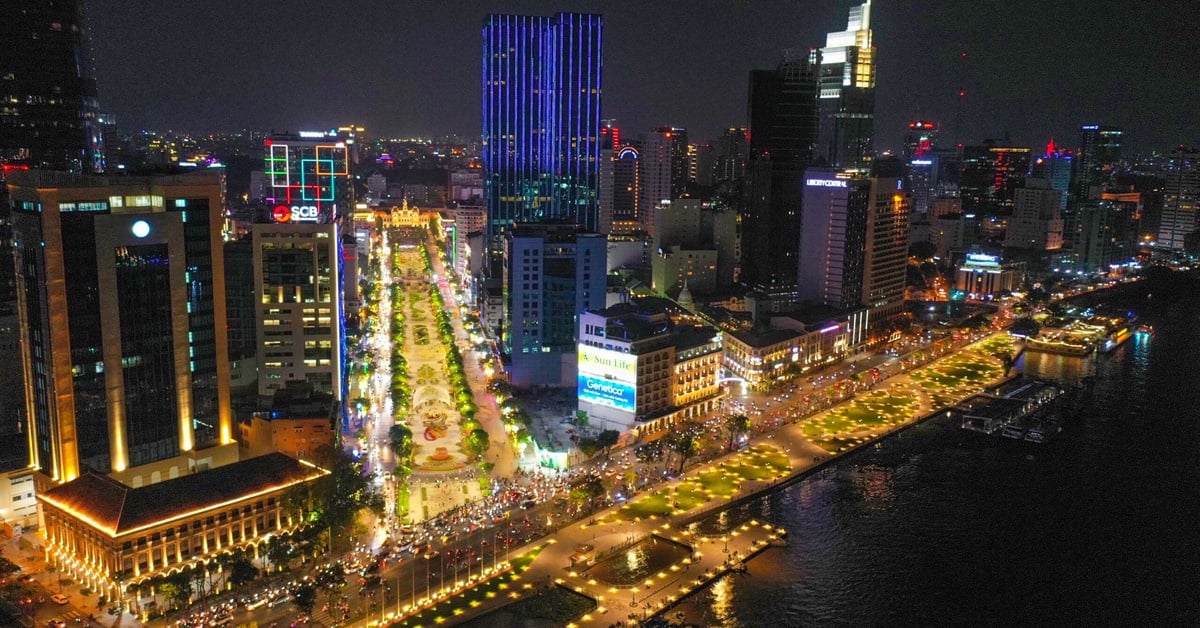

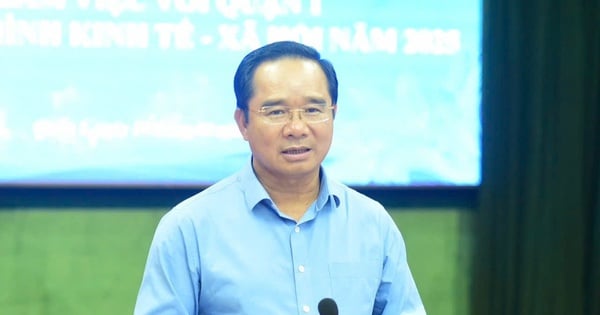
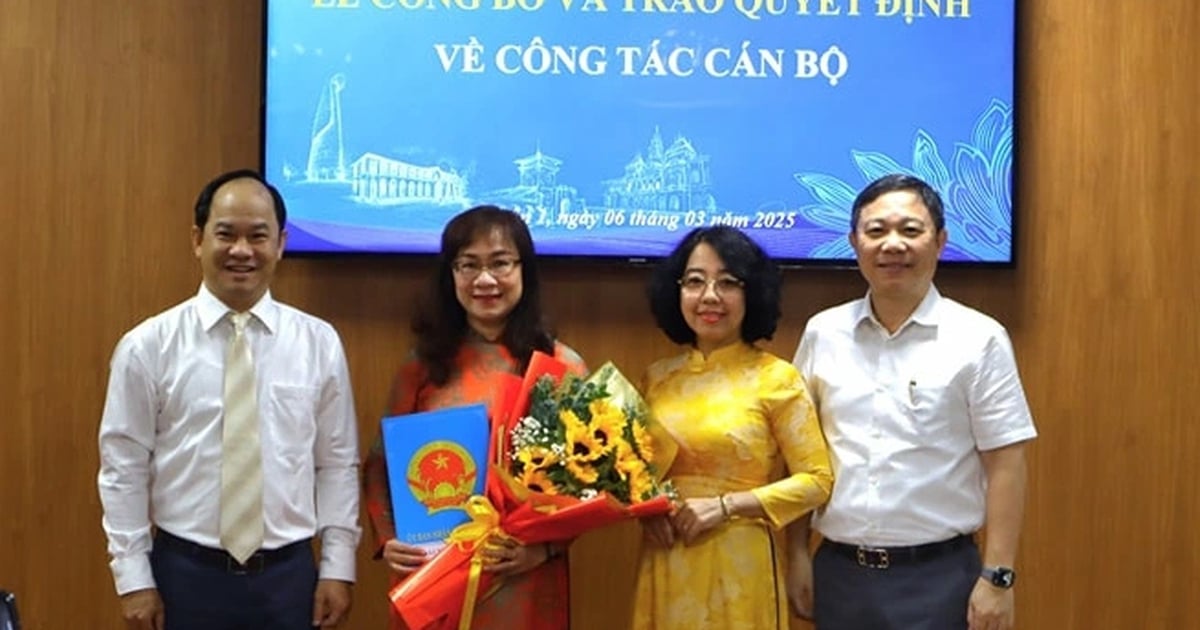

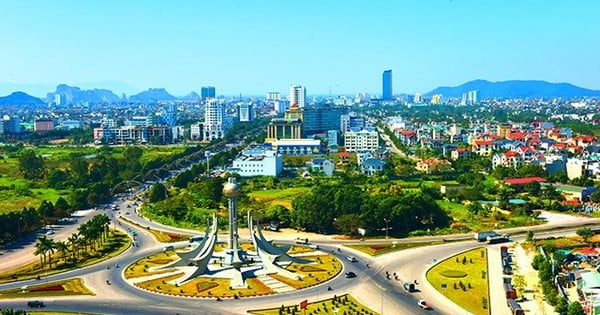
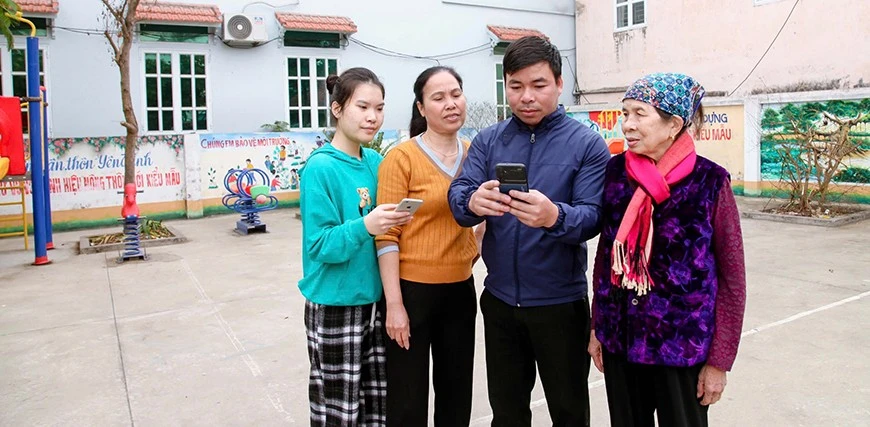
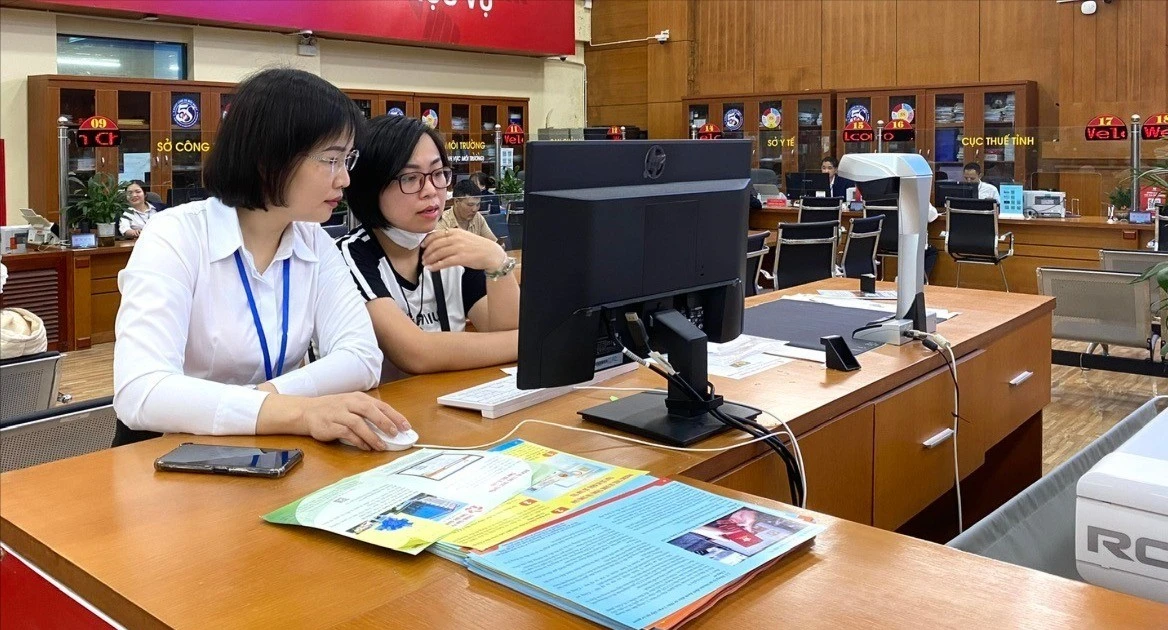

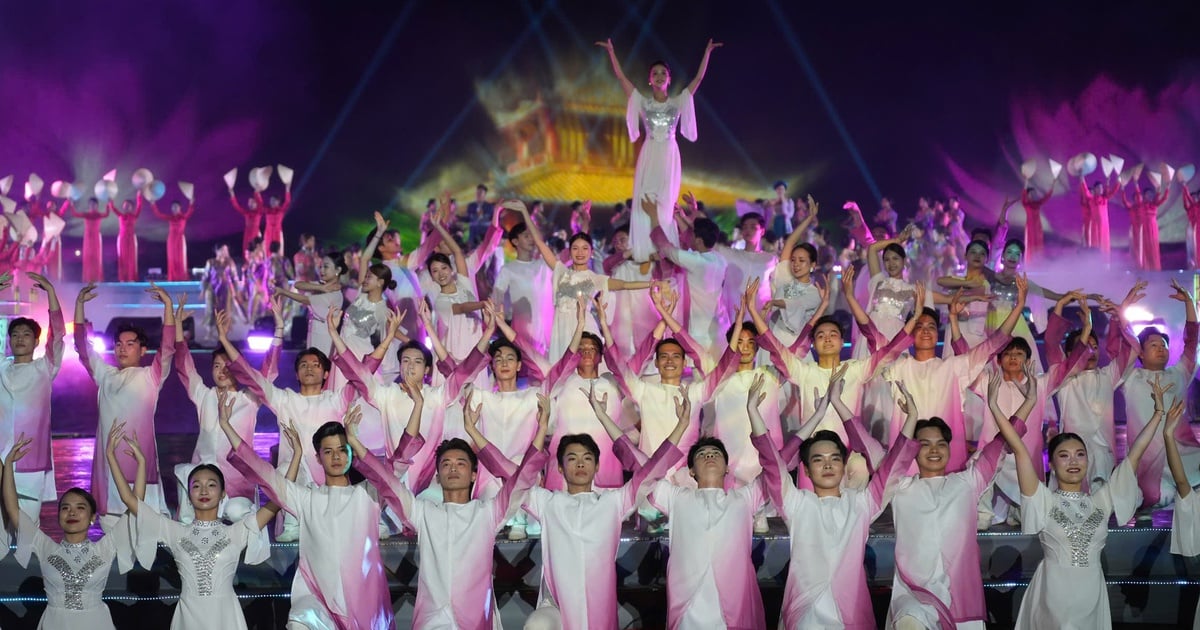

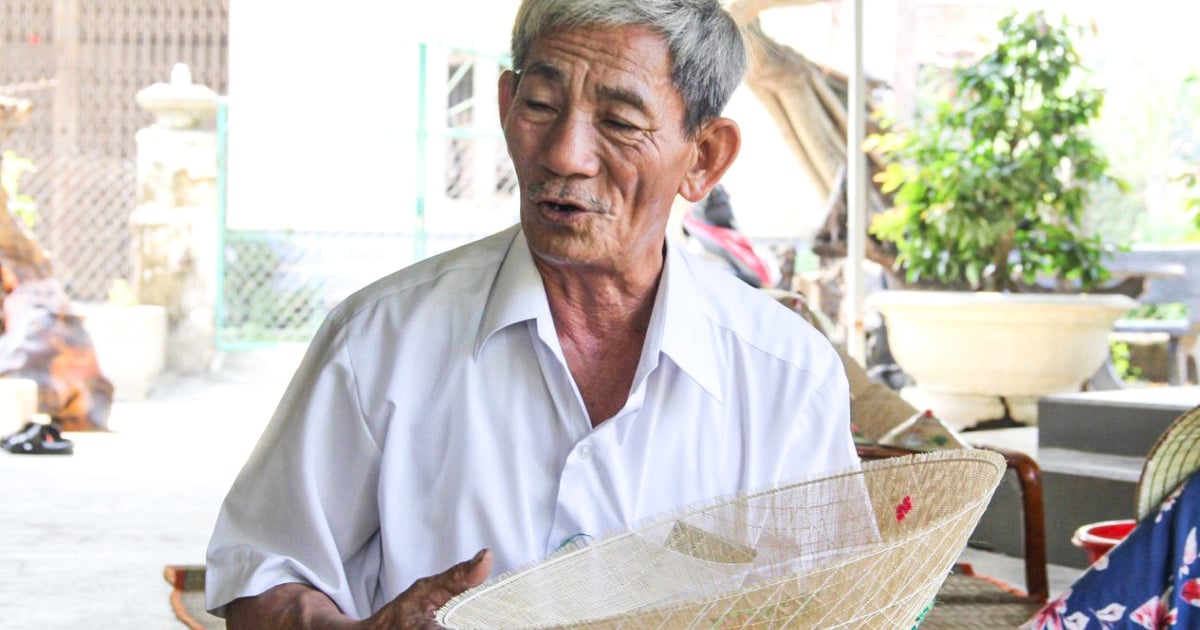









![[Photo] General Secretary To Lam chairs the Standing Meeting of the Central Steering Committee on preventing and combating corruption, waste and negativity](https://vstatic.vietnam.vn/vietnam/resource/IMAGE/2025/3/25/839ea9ed0cd8400a8ba1c1ce0728b2be)
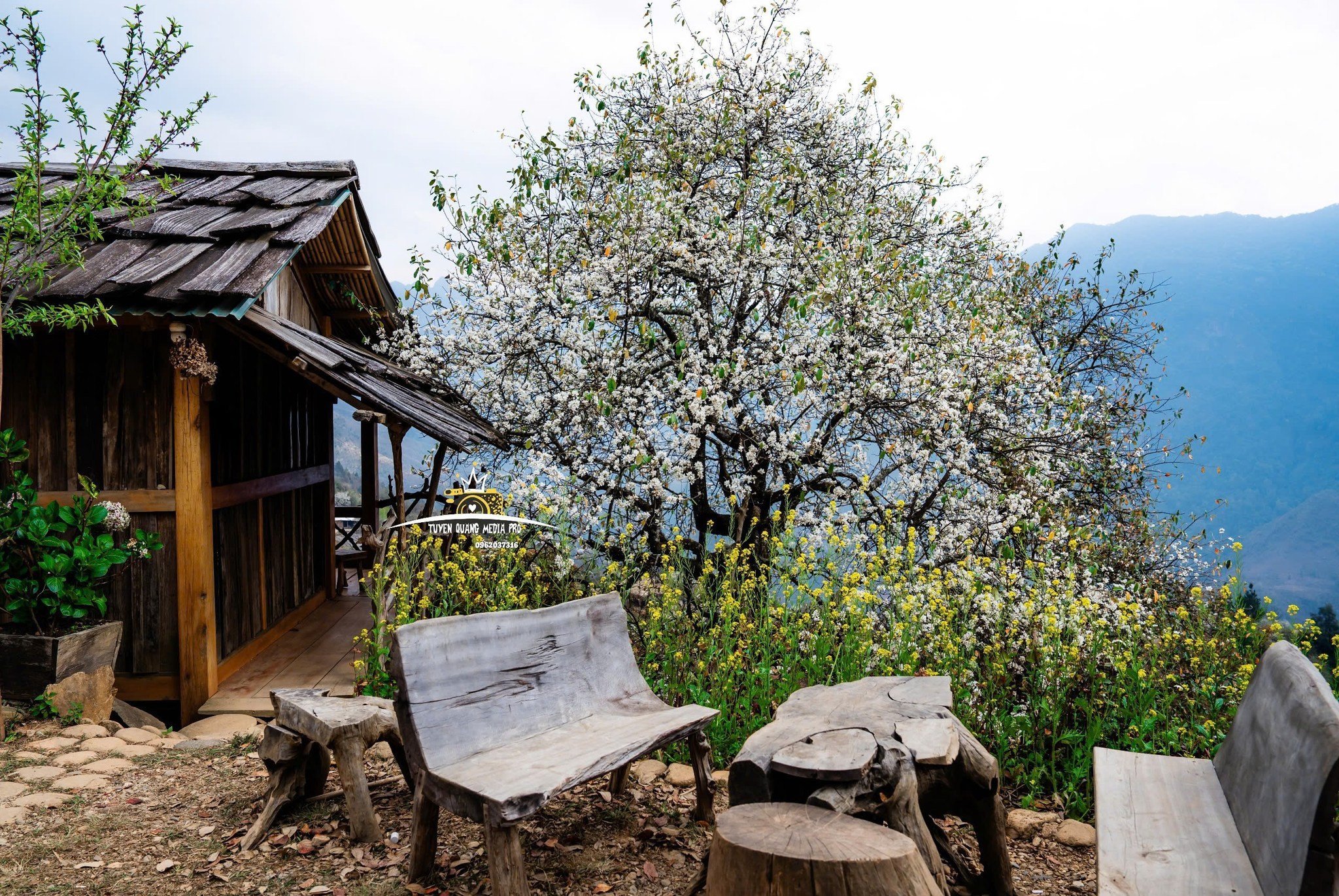

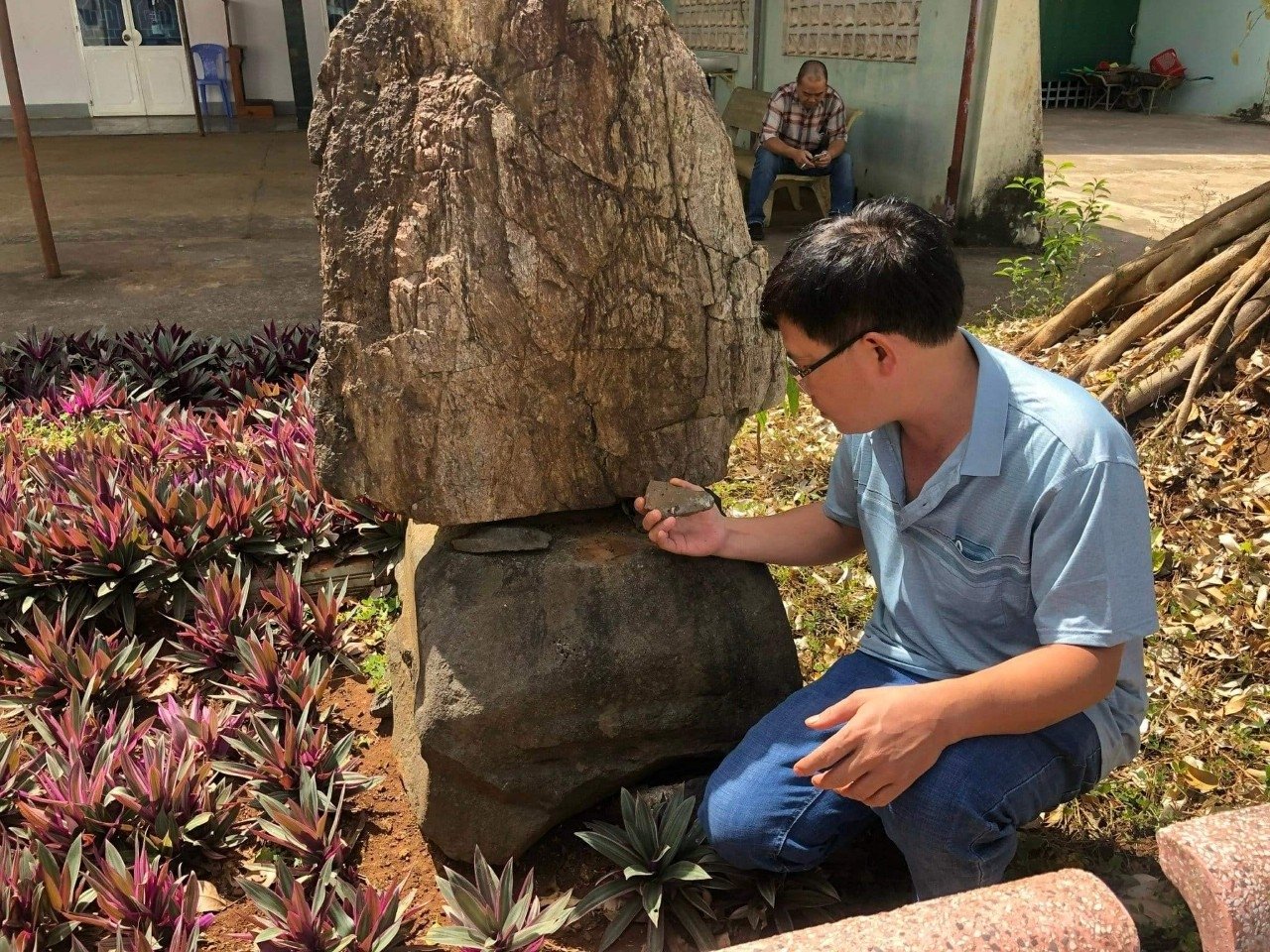

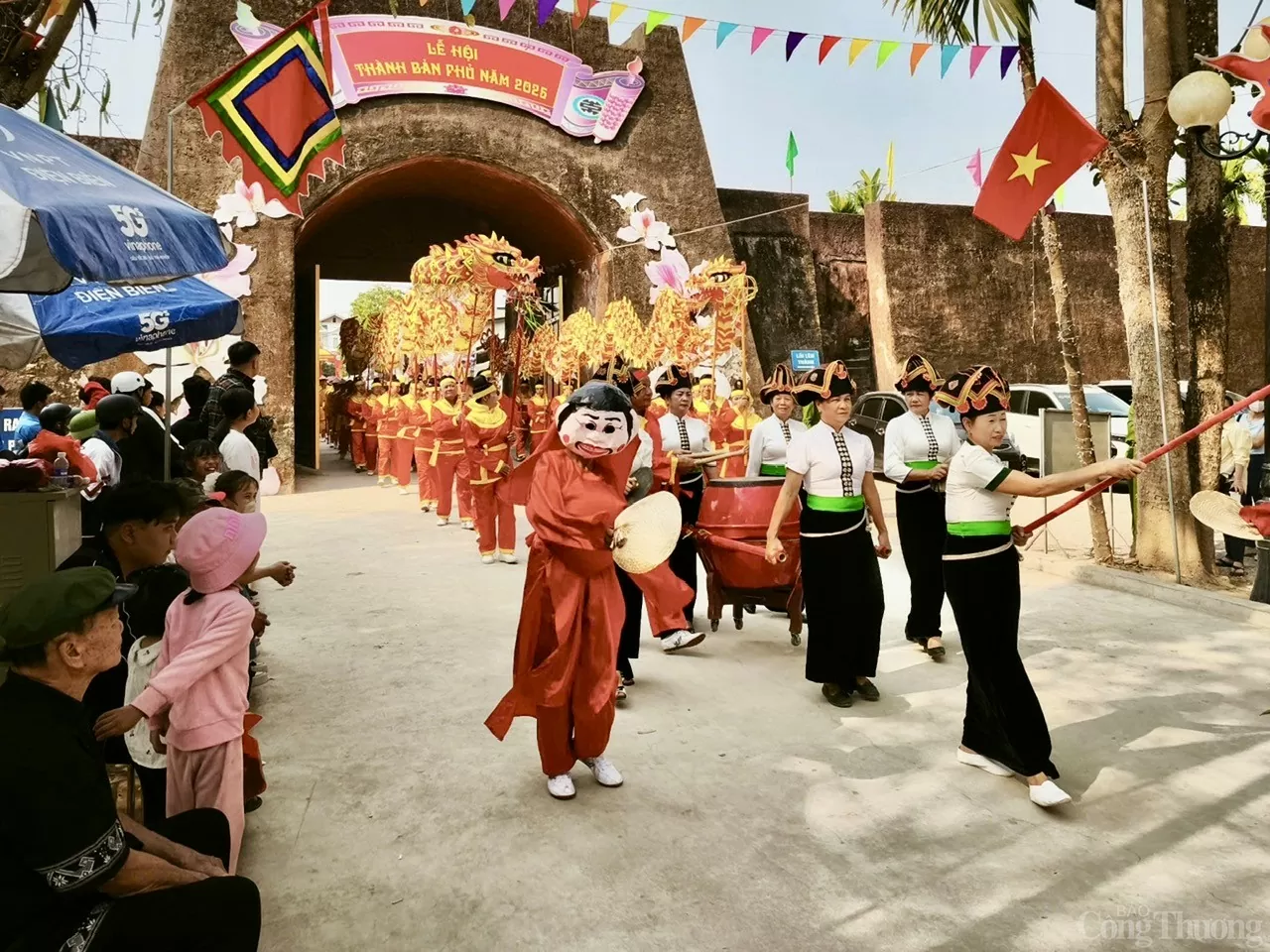

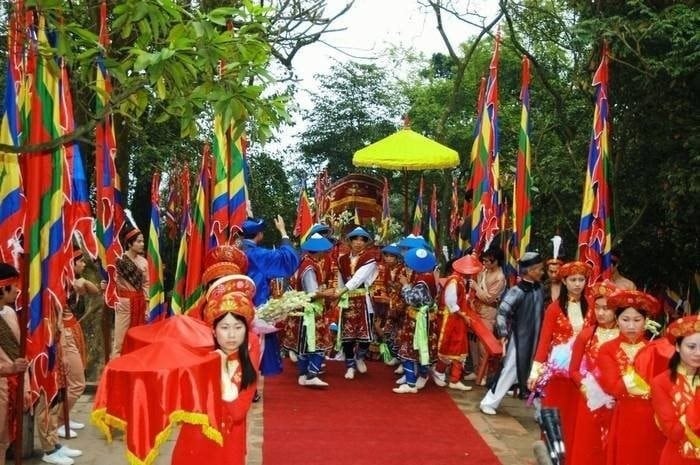

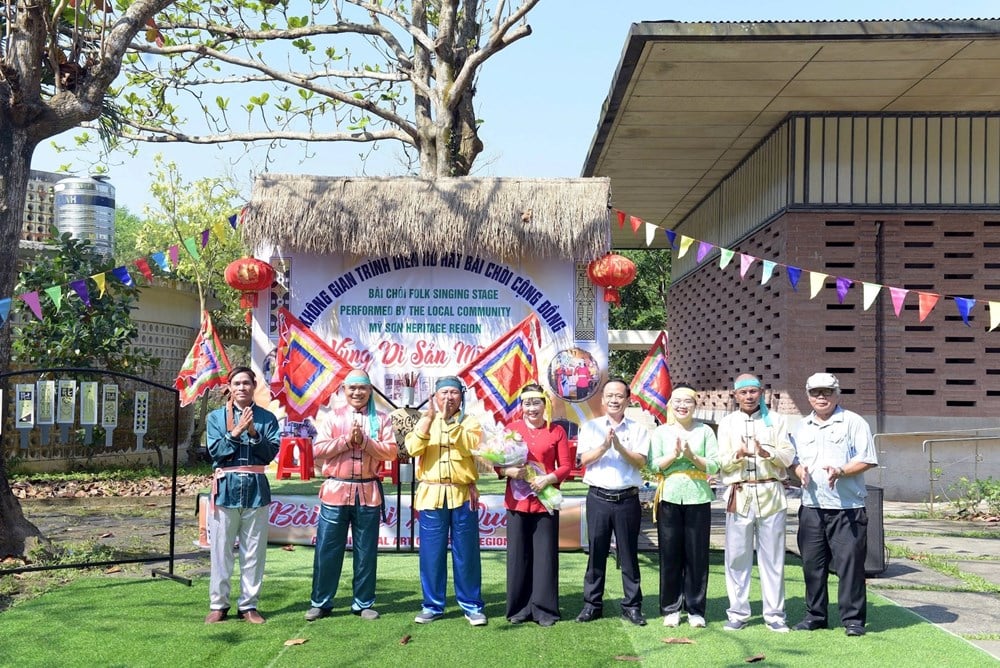



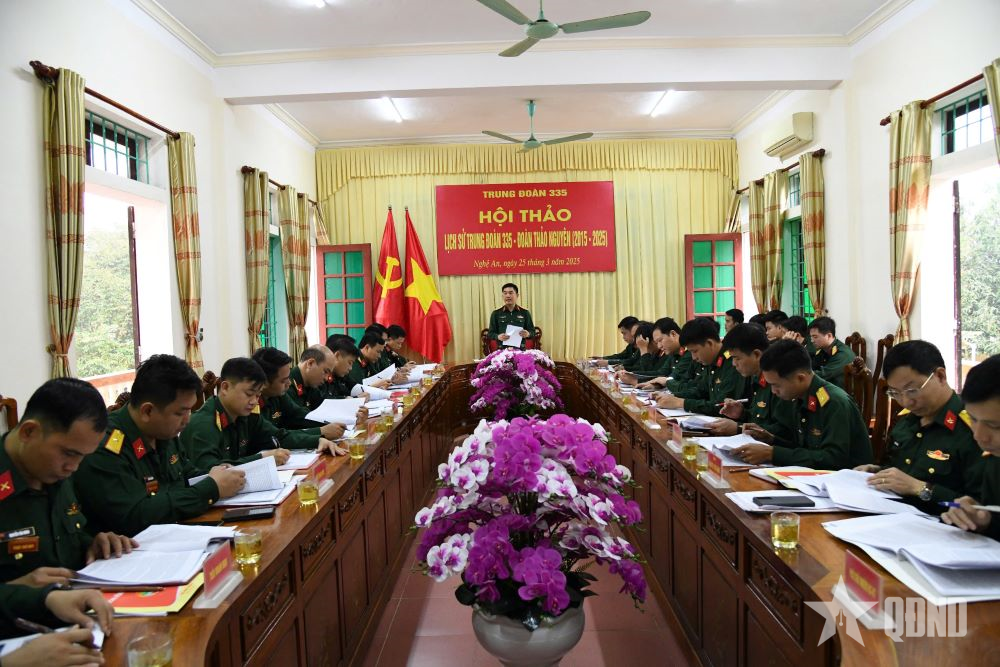

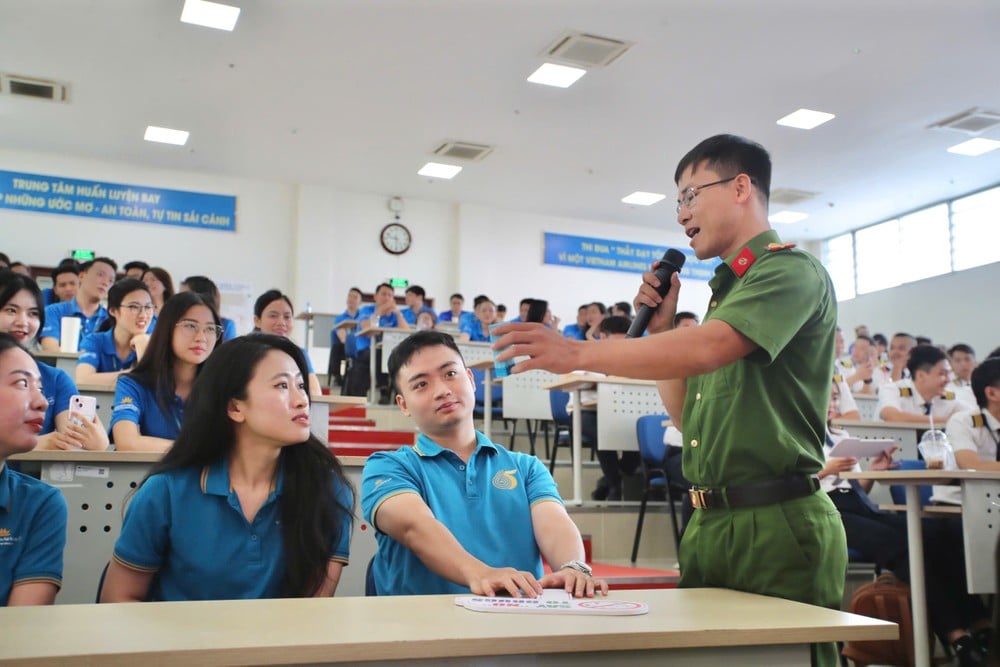











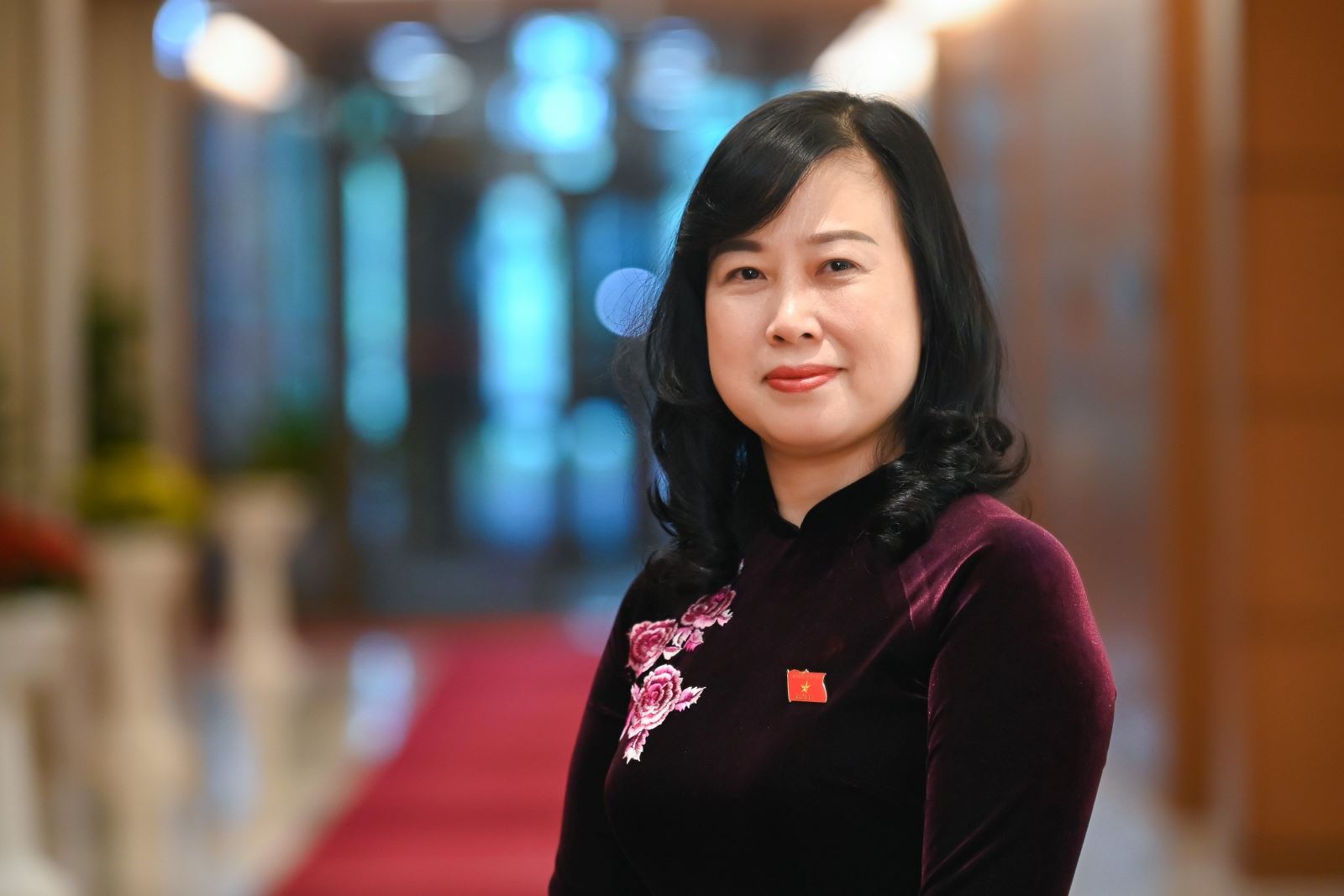






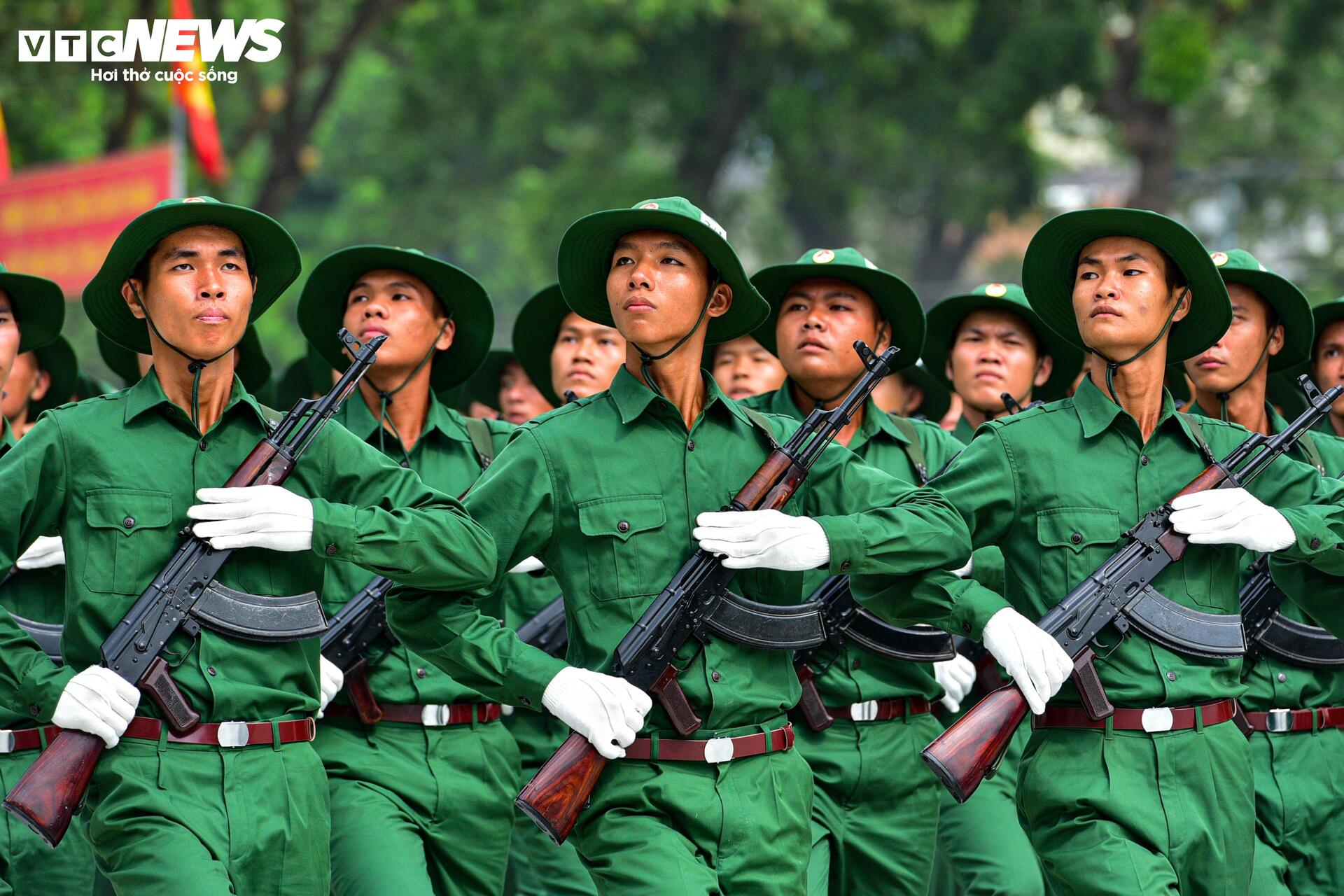

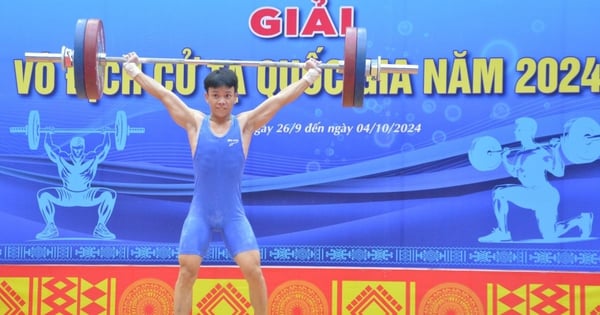

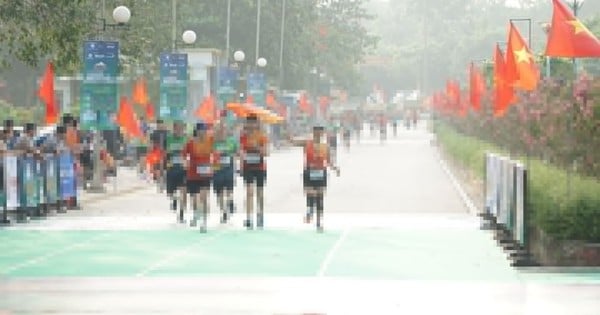
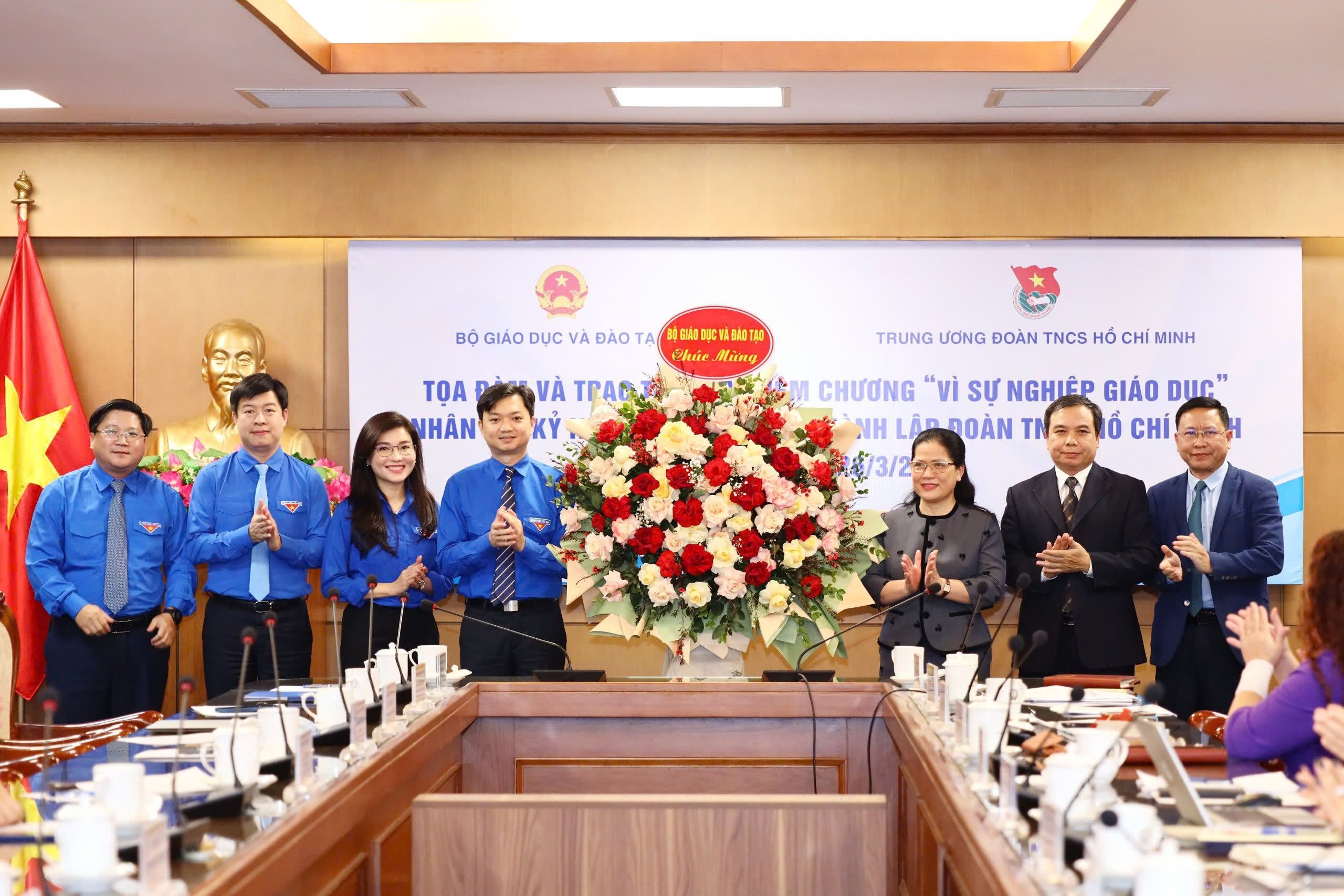

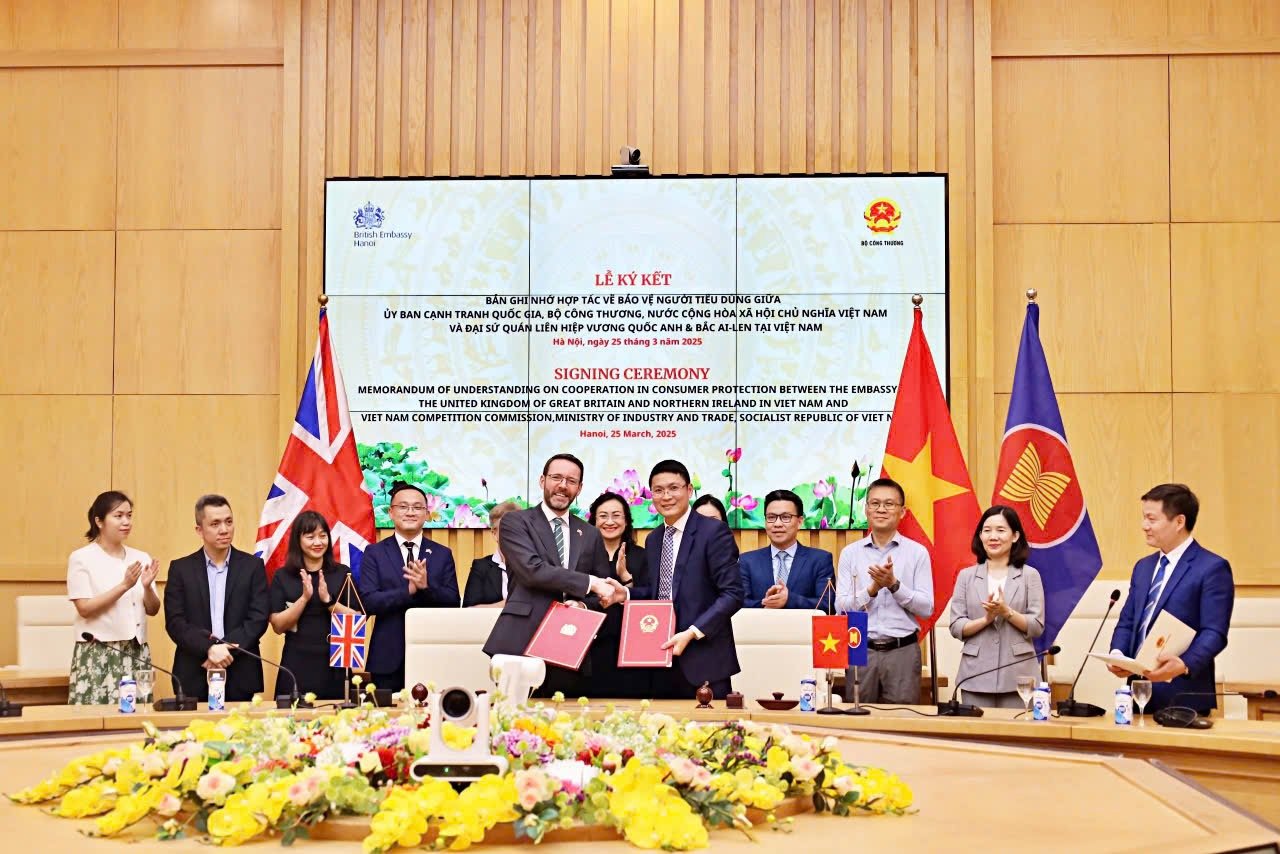

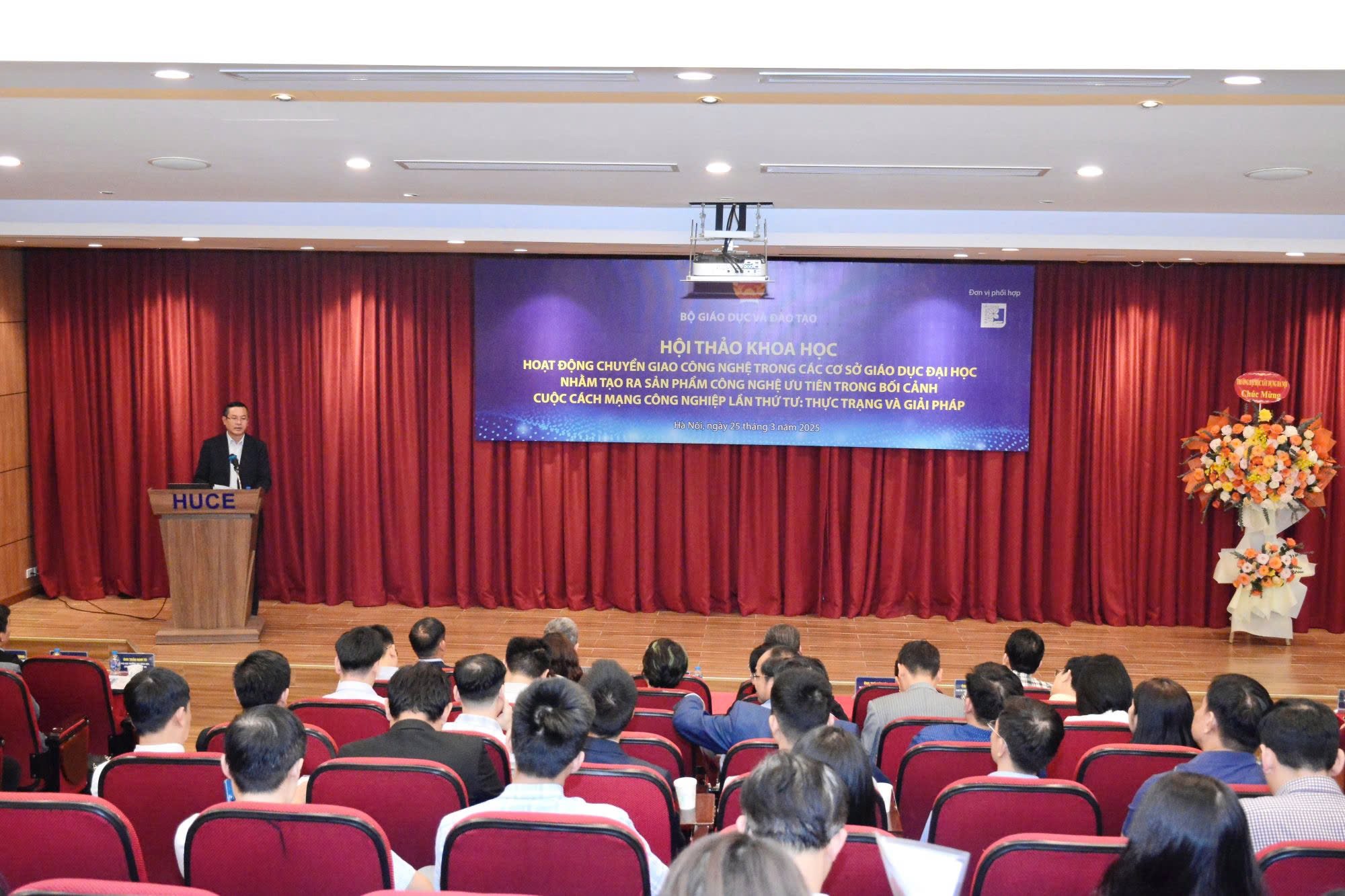
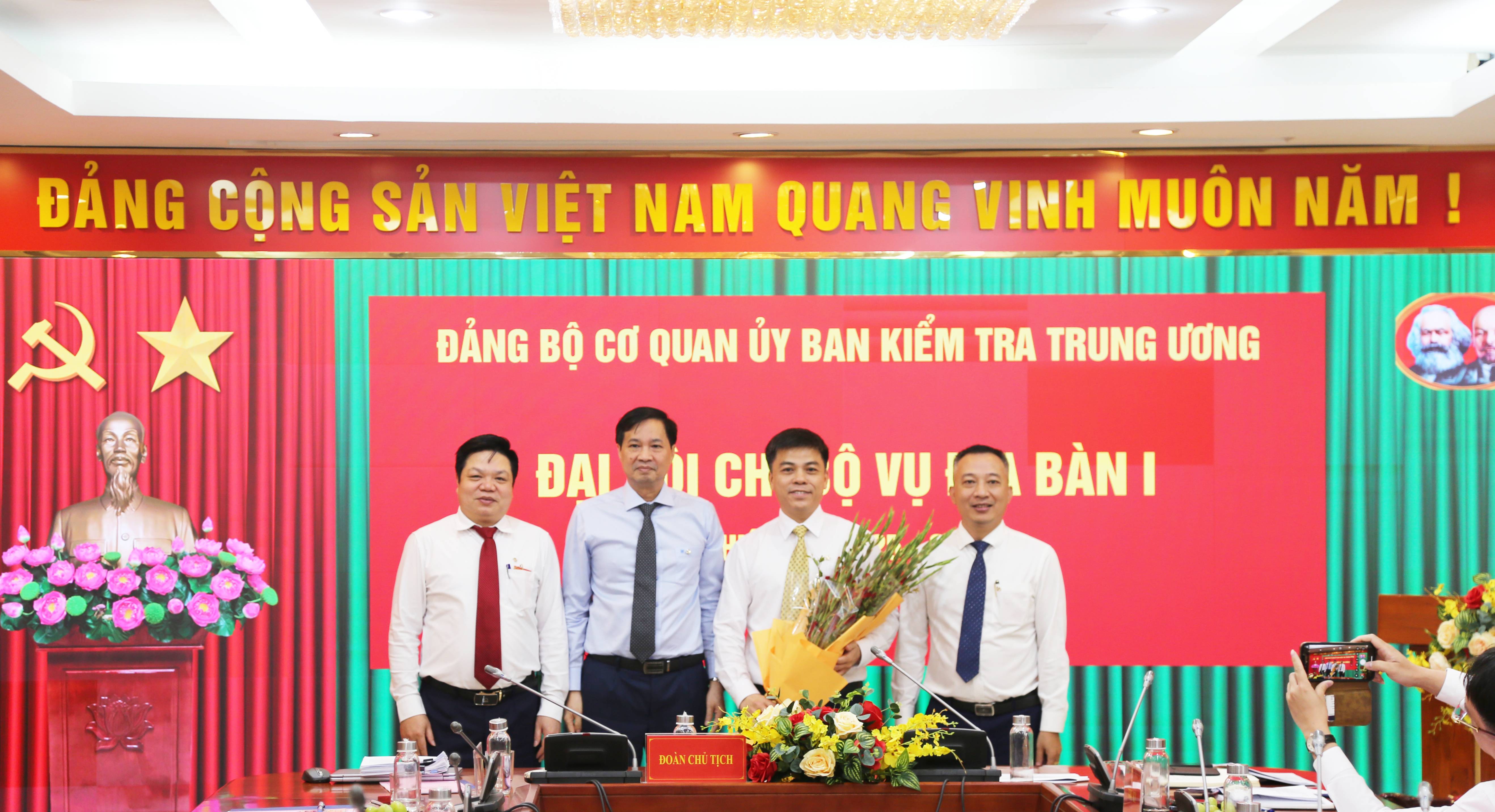


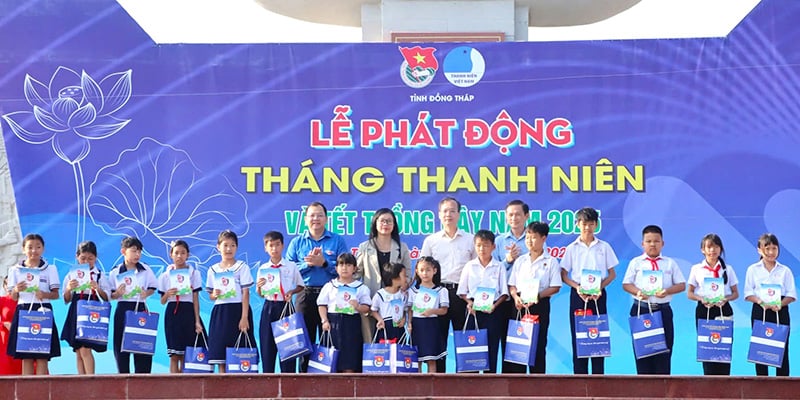

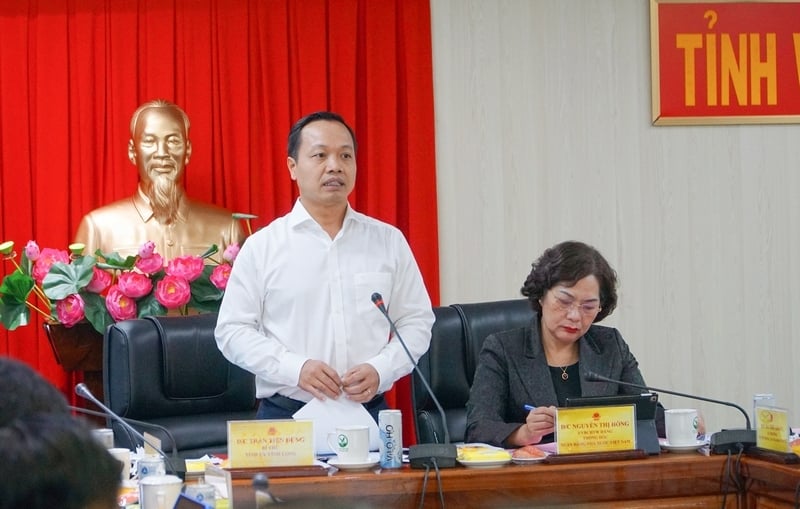
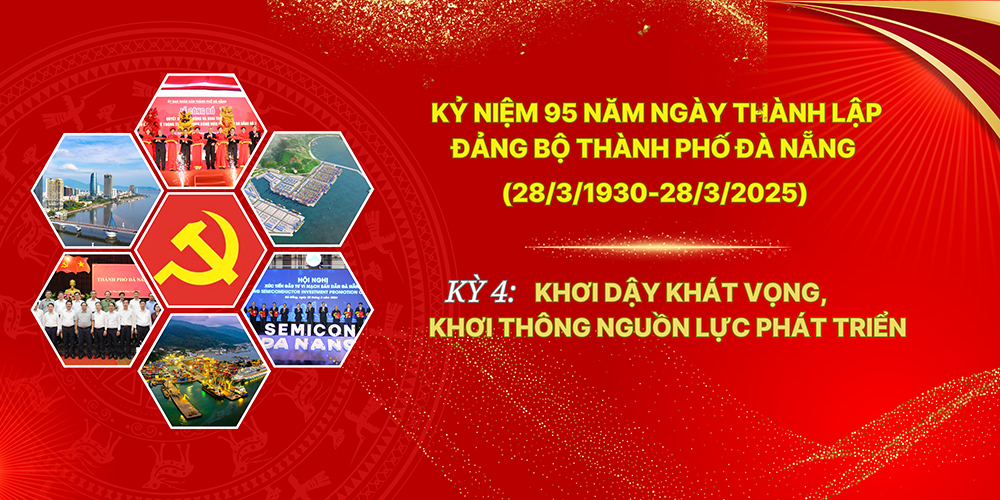


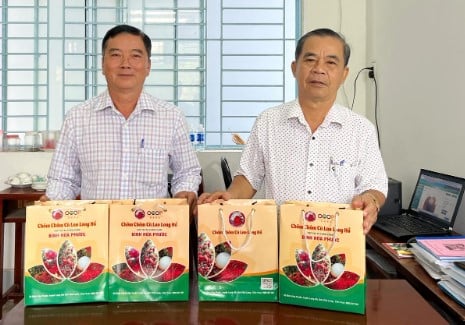






Comment (0)